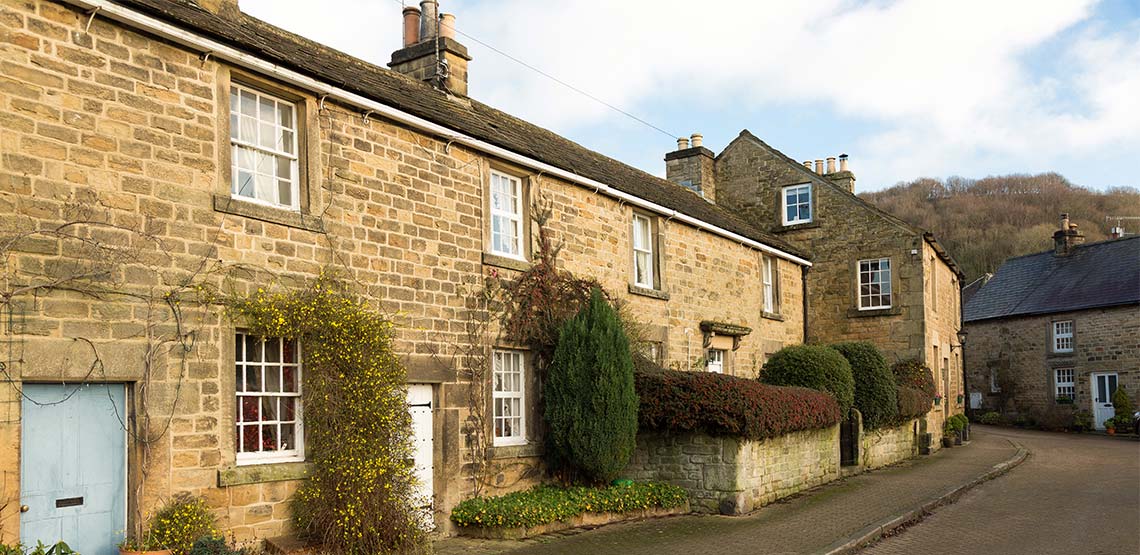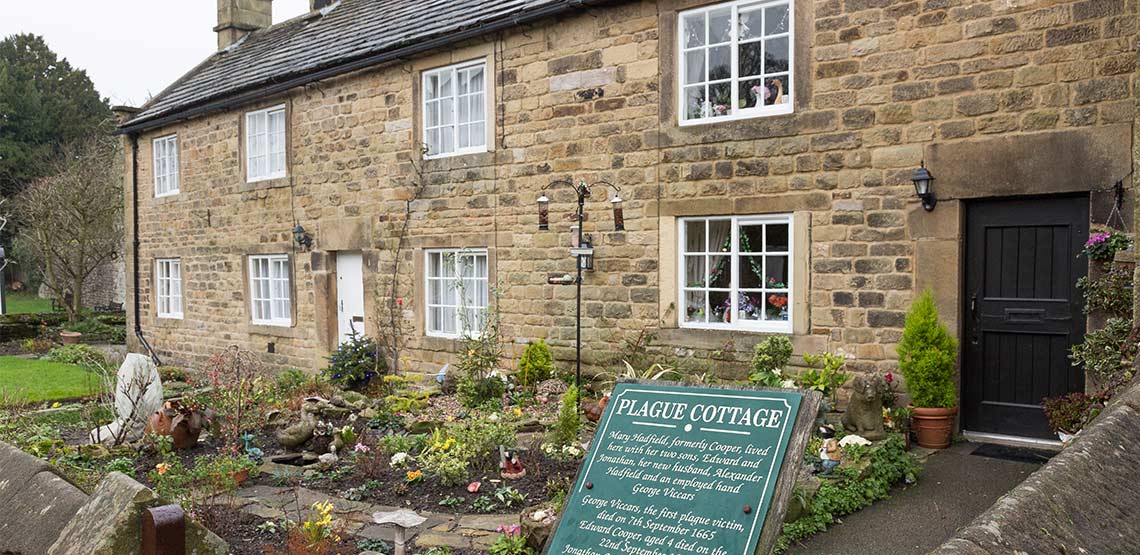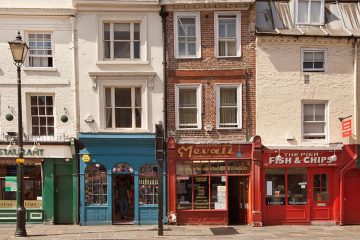Guide to Eyam, Derbyshire: A Tragic Village Devastated by the Plague
Hear Sordid Stories of This Resilient Little Village
It was 1665.
A tailor from Eyam sent for a bale of cloth from London in order to make clothes for the villagers in his small Derbyshire village. Little did he know that the cloth was infested with fleas infected with plague and this purchase would cause the death of 260 villagers.
A few days later his assistant, George Vicars, had already succumbed to the plague. The disease ran its course over 14 months, turning the pretty little town into a site of sickness and death.
The Quarantine
The people of the village were terrified that now that the disease had left the south of England, it would spread across the north. They made the self-sacrificing decision to quarantine the entire village in order to prevent the further spread of the deadly infection.
The idea was proposed by Reverend William Mompesson and Puritan Minister Thomas Stanley, whom the villages looked to for guidance in this terrifying time. They even held open-air sermons as they thought this would prevent the spread of the disease.
The population of the town was 350 and only 90 or so villagers survived. These days it’s thought that those who survived had a specific chromosome that made them immune, but at the time their survival was attributed to fervent prayer. For example, although the village’s gravedigger Marshall Howe buried hundreds of victims he didn’t fall ill.
Food and other supplies were left by neighboring villages by the stones that were arranged as a boundary around the perimeter of Eyam. Money was left in exchange for the food in holes in the stones filled with vinegar, which they believed acted as a disinfectant.
The locals also believed they could effectively prevent or cure the disease by placing a fig inside an onion, wrapping it in wet paper and roasting it on the fire — but of course these home remedies didn’t work.
As the villagers died off one by one, the town started to fall apart. You’ll see many amateur-looking gravestones — once the stonemason died, the locals had no choice but to engrave their own.
These days, the village of Eyam is a picturesque destination in Derbyshire and it’s hard to imagine that such a tragic tale took place here. It’s located 35 miles southeast of Manchester and on the surface it looks just like any other charming town in the English countryside with cozy cafes, welcoming pubs and rolling green hills.
The Riley Graves
The Riley Graves are a collection of graves with a truly somber story. They are the final resting place of the husband and six children of the farmer Elizabeth Hancock. They all died within one week of each other. Sadly, it is thought that the infection reached Elizabeth’s family when she helped to bury the body of another villager.
To prevent infecting neighbors, Elizabeth buried her family herself, carrying their bodies to the spot on the hill and digging the graves. It’s a truly heartbreaking burial place on the windy moors near this Peak District village.
Looking to get away for a weekend? This guide to Amsterdam weekend breaks will help you plan the ultimate two- or three-day vacation to this beautiful city.
The Plague Cottages
During your visit to Eyam you can see the cottages where the plague outbreak began. The first of the deaths occurred in these cottages, which look so charming and welcoming now.
There is a plaque outside of the cottages that names the dead. Mary Hadfield lived in the cottage with her two sons, her husband and George Viccars, a hired hand. Mary was the lone survivor in the household and over the course of the plague she lost 13 relatives.
You’ll see many similar plaques outside other cottages in the village, reminding visitors of those who died there during the Black Death.
The Eyam Museum
A visit to the Eyam Museum is essential in order to get the full background on the tragic story of this village. You can see the book of plague victims which documents each death, as well as the tomb of Catherine, the wife of the Reverend William Mompesson.
The museum also offers other tales of the history of Eyam since prehistoric times. It has a model of a Derbyshire lead mine, as this was a very significant natural resource in the history and development of the town.
Step Back in Time in Eyam
It’s heartbreaking to think of what the villagers of this town must have gone through many centuries ago. The villagers must have been frightened, trapped in a village with a rapidly spreading disease that no one understood. It was incredibly noble of them to seal themselves off from the rest of the world until the outbreak had passed.
Surely, the other villages and towns in the north of England owed their survival to this decision. Take a moment to explore this beautiful village in Derbyshire and pay your respects to the victims of this horrific disease who lived and died so many hundreds of years ago.









